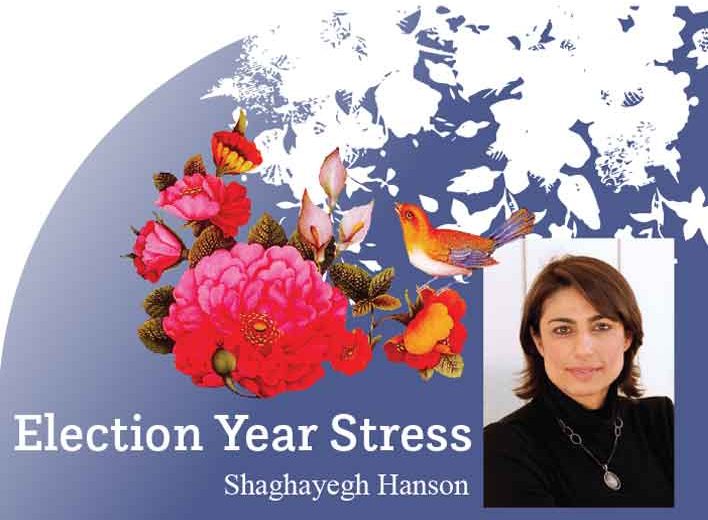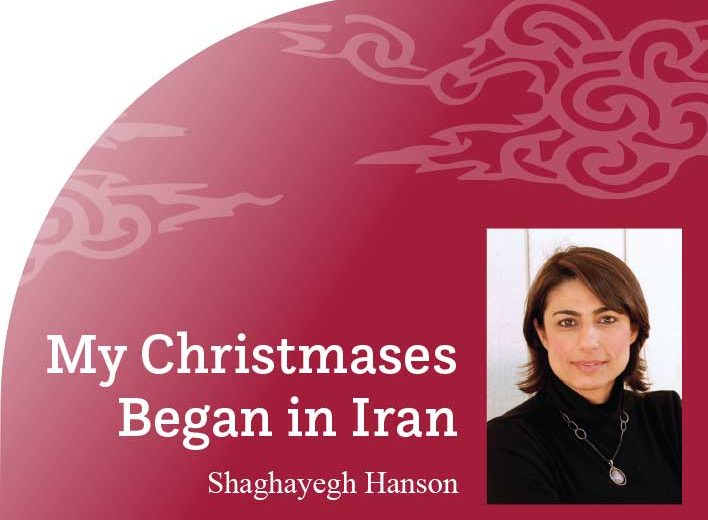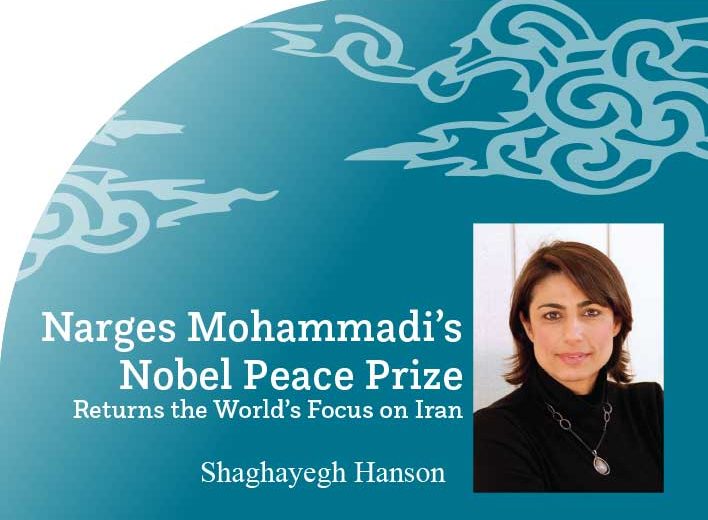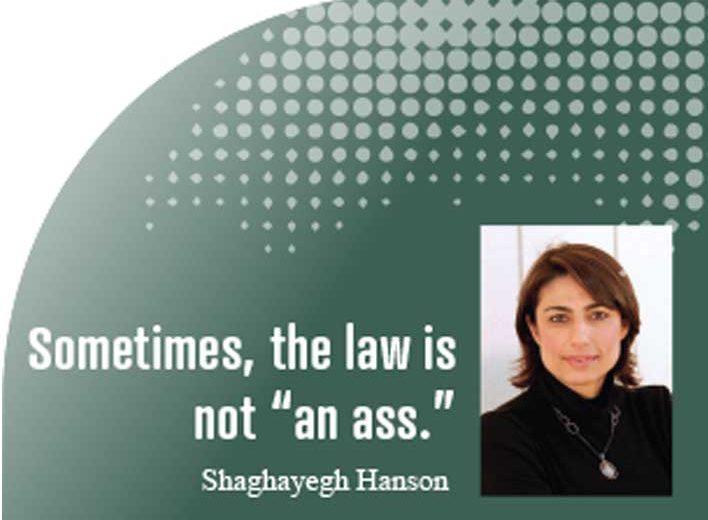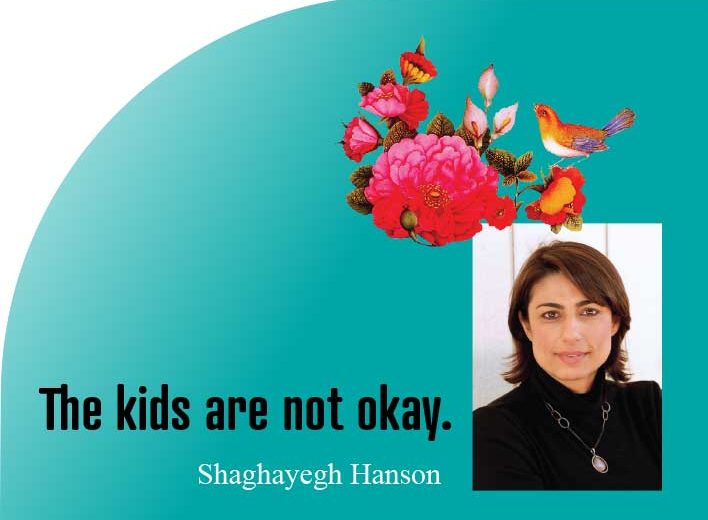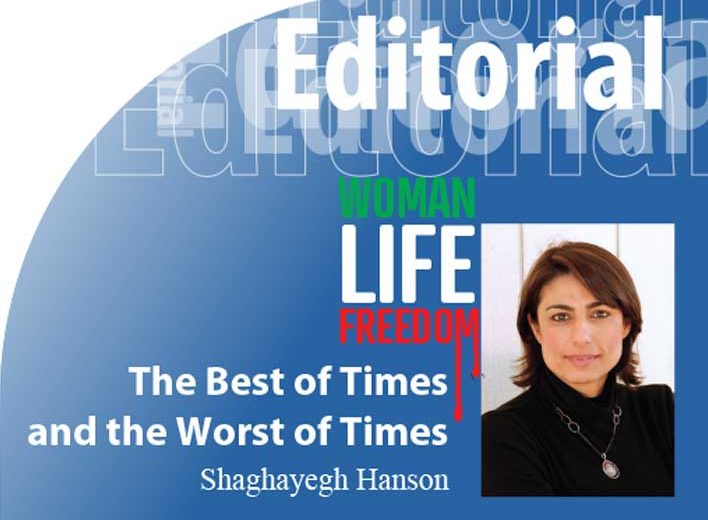Shirzan Sinéad: A Tribute to a Woman with the Heart of a Lion
Shaghayegh Hanson
The recent death of Sinéad O’Connor hit me hard. She was my age, and when she first broke out onto the music scene in the late 1980s, there was no one else like her. I remember that as a young woman I didn’t know a song could give you goosebumps until I heard her hauntingly powerful voice. She was small in stature and naturally soft-spoken in conversation, even shy. But her passion exploded when she sang, and her words carried the weight of truth and conviction. She championed the causes of the oppressed, both in her native Ireland and elsewhere. When the music executives told her to grow her hair long and wear short skirts, she shaved her head and wore androgynous clothing, demanding focus on her art and what she had to say, rather than on her sex appeal. She made a whole lot of good trouble and was unapologetic about it. I found her defiance and courage exhilarating and inspiring.
Then came that moment, on Saturday Night Live, where she tore up a photograph of the Pope. I was in awe. She was taking on a mighty powerful establishment, trying to bring attention to the rampant child sex abuse within the Catholic church and the Vatican’s efforts to cover it all up over the years. Then, when the audience at a Bob Dylan tribute concert booed her for it, my heart lurched in sympathy for that slip of a girl trying to hold it together on stage. The backlash against Sinéad was brutal. Frank Sinatra said she was “a stupid broad,” and that if she were a guy he would “kick her ass.” Joe Pesci said he would have given her “such a smack” if he had been on the show with her.2 She was even criticized by the likes of Madonna, who had turned outsized cross necklaces into symbols of sexual imagery as part of her wardrobe.
I remember telling a friend how sickened I was by the cruelty of it all, and he—a drummer and not Catholic—shocked me by joining in the chorus of people suggesting Sinéad had asked for it by disrespecting the revered head of a religion held dear by many. With tired frustration, I replied, “You wouldn’t be saying that if she had torn up a photo of the Ayatollah Khomeini.” He looked at me as though I were crazy and said, “So? What’s that got to do with it?” Everything, I tried to explain. His blind prejudice against Islam and equally blind acceptance of conventional narratives prevented him, and others, from understanding Sinéad’s underlying point, that there was a distinction to be made between religion and its manipulation by wrongdoers. She believed “that the people running the show [the Vatican, church officials] are misrepresenting what Catholicism actually is ….,” a sentiment that is all too familiar to Muslims inside and outside of Iran having to shoulder the blame for horrible acts done in the name of Islam.
In fact, years later, in a 2010 interview with The Independent newspaper, Sinéad said, “People under 40 don’t understand what Ireland was like. It was a theocracy, like Iran, slightly less potent but the same situation. The photo of the pope I ripped up was one that had been on my mother’s bedroom wall for 25 years. I took it when she died.”3 Sinéad’s mother had been taught in Catholic schools that any type of misbehavior was a “sin” punishable by, as Sinéad said it, “having the shit kicked out of you.”3 In turn, her psychotic mother physically and emotionally abused Sinéad as a child in a similarly prescriptive way. At the time, the Catholic church’s power over, and stranglehold on, women’s rights in Ireland was wide-ranging, including a total ban on abortion. Sinéad experienced this kind of institutionalized religion first-hand as a teenager, when she was placed in a Catholic-run reform school for “fallen women” after she was caught shoplifting.
Despite everything, Sinéad never lost her faith and, in an interesting twist, she converted to Islam in 2018, explaining how she had “started studying scriptures from different religions, trying to find the ‘truth’ about God”—she “left Islam until last because I had so much prejudice about Islam. But then when I started reading, and I read just chapter two alone of the Quran, and I realized, ‘Oh my God, I am home.’ I had been a Muslim all my life and didn’t realize it.”4
Today, Sinéad holds hero status in Ireland. Among other things, her outspokenness against the Pope encouraged abuse victims to come forward and hold the church accountable. She forged a path through all the death threats she received, the insults that were thrown at her, and even the loss of a burgeoning career. As an Iranian woman, I felt a sisterhood with her. She was a true Shirzan, standing up to a powerful Catholic institution, in the same vein that Iranian women are standing up to the Islamic regime in Iran. She was, and will always be, Shirzan Sinéad to me
1- Literally meaning “lion woman,” or “lioness,” indicating bravery and inner strength.
2- https://www.rollingstone.com/music/music-features/sinead-oconnor-catholic-church-abuse-legacy-1234797102/
3- https://www.theguardian.com/world/2010/sep/10/sinead-oconnor-pope-visit
4-https://www.thenationalnews.com/arts-culture/music/sinead-o-connor-i-had-been-a-muslim-all-my-life-and-didn-t-realise-it-i-am-home-1.907708


